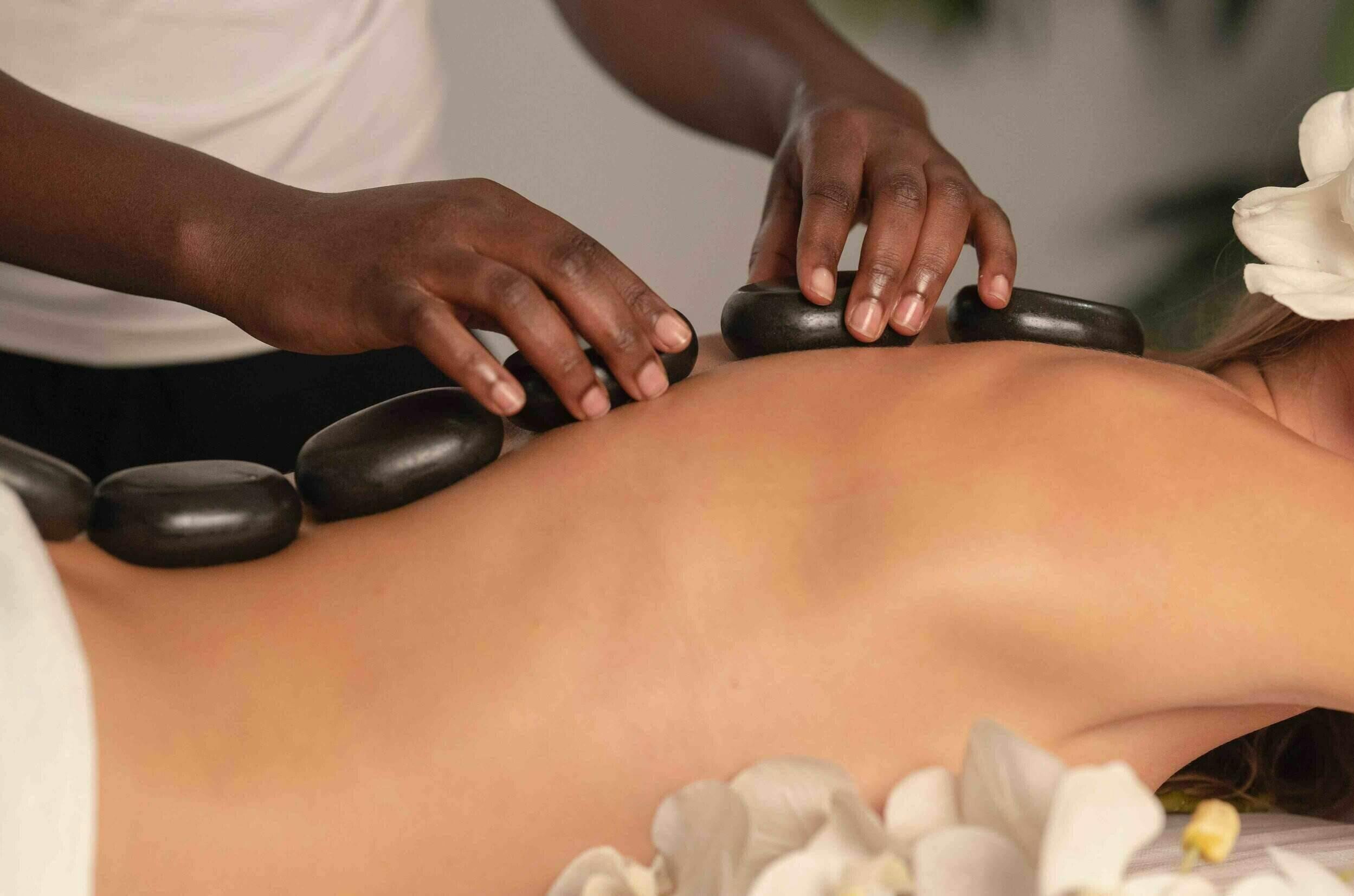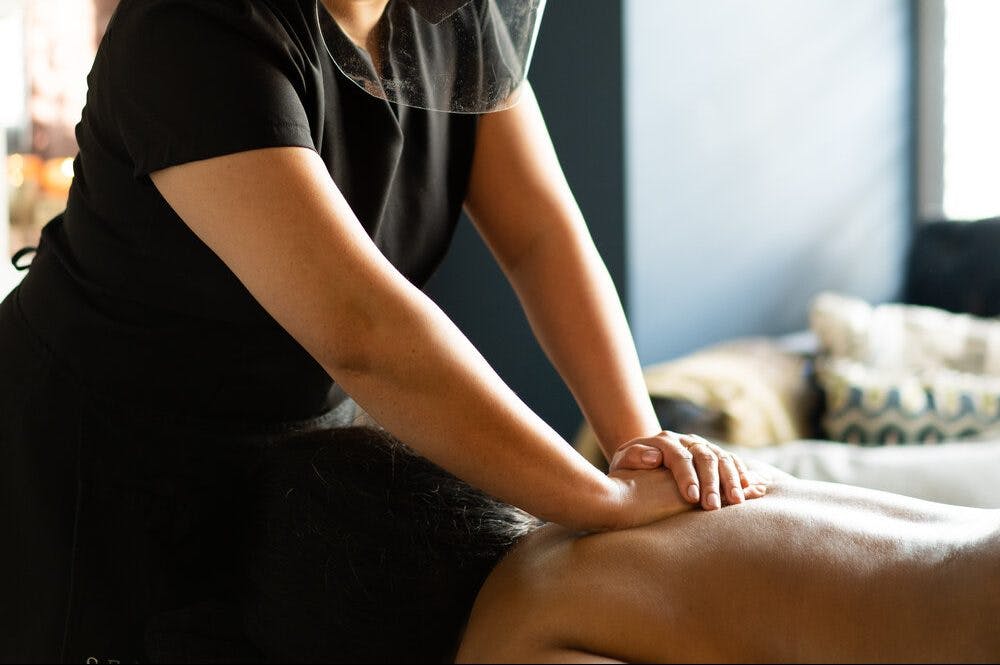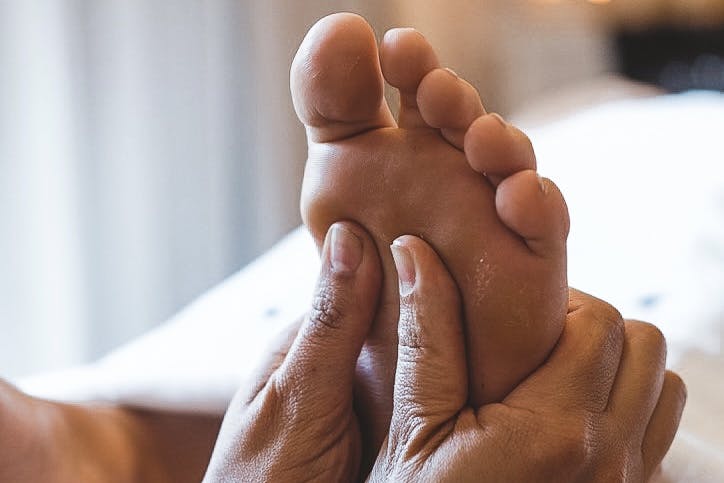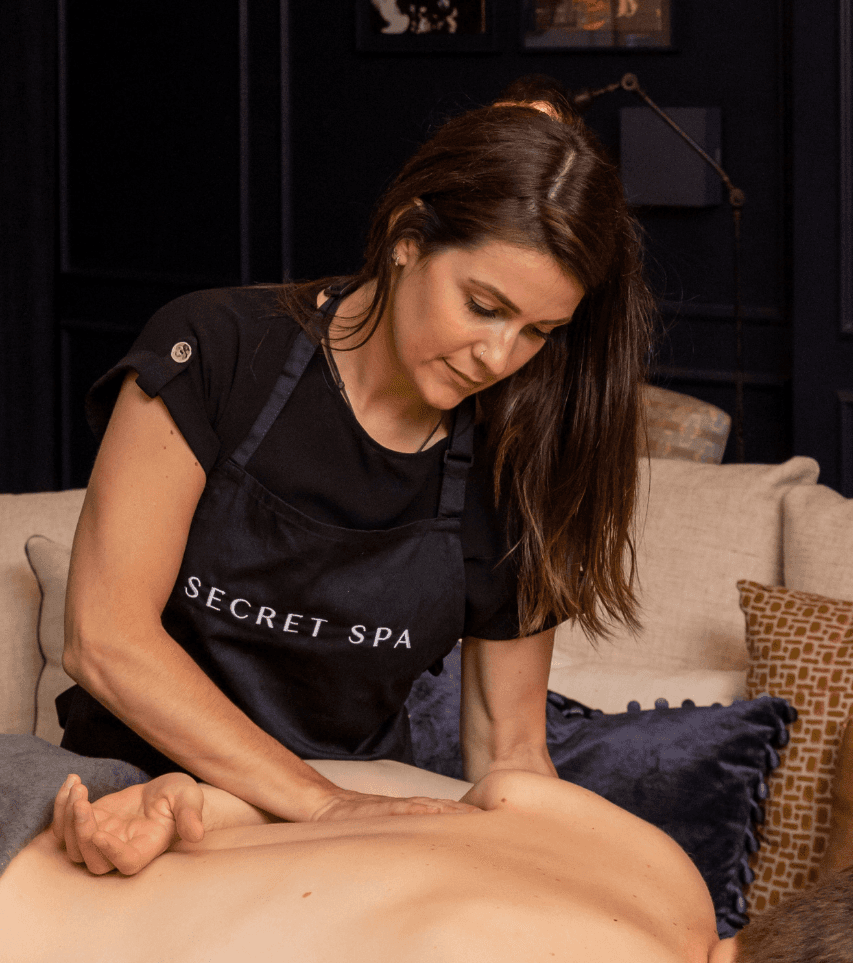What is a sports massage and what are the benefits?
Sep 1, 2021
Always been intrigued by a sports massage, but are unclear on what the benefits are and how to include it in your exercise plan? If you’re looking to minimise post-exercise pain and recovery times, then read on. We’ve broken down all you need to know about the benefits of sports massage and when to have them, so you can take your training to the next level.
What is a sports massage?
A hands-on and intensive massage, sports massage is designed to improve sports performance, or post-activity recovery. Sports massage is a manipulative technique that works with your soft tissue to alleviate pain, improve healing, and help to prepare you for the stresses and strains of physical activity. It’s a way to achieve balance whilst releasing tension. The focus is on reducing muscle stiffness and reducing swelling. It can help improve healing times and recovery post-exertion. It’s also used for reducing scar appearance and improving mobility in the fascia around the scar.There are various sports massage techniques which are designed to improve circulation, alleviate tension and improve tissue elasticity. The focus is on the soft tissue, including skin, muscles, tendons, ligaments and fascia (the tissue which covers other soft tissue and can become restricted). It helps to eliminate the build-up of lactic acid that occurs during exercise.A sports massage can be given by an appropriately trained massage therapist, as well as physiotherapists. Secret Spa work with the UK’s leading, fully-trained sports masseuses, who will personalise your sports massage to address all your needs.
Sports massage techniques
Sports massage uses a number of different techniques. These include effleurage (strokes), petrissage (kneading), tapotement (cupping and hacking), friction and vibration. Usually the pressure is quite deep and intense to reach different layers of the fascia and muscle. This makes it a more vigorous massage than the more traditional Swedish massage. Additionally, often no massage oils are used during a sports massage to enable the therapist to more accurately feel what’s going on with the fascia and other soft tissues.A good masseuse will tailor the massage techniques to your needs and what you are hoping to gain from the massage.
Benefits of sports massage
Whilst designed with the needs of a sportsperson in mind, a sports massage is actually a very good generic massage suited to many individuals, especially if they are experiencing pain or injury to a soft tissue. The benefits include:
Pain relief
The fascia can become stiff and sore through overuse, and muscle aches and pains are a classic part of exercise. Through manipulation and tension release, a sports massage can help to reduce pain, especially if caused by inflammation. It’s believed that sports massage boosts circulation and this speeds up healing. Additionally, it’s common with sports to experience delayed-onset muscle soreness (DOMS). A sports massage, given after exercise, is believed to be able to prevent or minimise DOMS.
Flexibility
Athletes can be more prone to injury due to muscle tightness. With a sports massage, the soft tissues are enabled to extend, stretching them without strain, in order to promote flexibility. Indeed, it’s well-understood that a sports massage can help increase the range of motion (ROM) of key joints needed for sports performance.
Psychological benefit
A sports massage can help an individual to relax and focus prior to a performance, or recover from the mental stresses and strains of exercise or injury. Endorphins are released during sports massage and this can boost your mood and sense of wellbeing. The invigorating nature of a sports massage can help the athlete to feel prepared and capable before a performance. Many feel that a sports massage is a critical part of their athletic well-being – both physically and psychologically.
Scar healing
Scar tissue can become problematic over time because it causes fascia tightness over specific muscles and tendons. A sports massage can work to break down some of the scar tissue, releasing the fascia beneath, and helping to prevent pain or injury in the area in the future.
Reduced tension
Through the manipulative techniques of a massage, and the relaxing nature of the treatment, an individual will find that their levels of tension naturally ease as a result of a sports massage.
Reduced cramps
If you experience cramps and spasms in your muscles, you may well find that a sports massage done regularly will reduce the frequency of these. This is partly due to the benefit sports massage brings to helping your body eliminate build-up of lactic acid.
Reduce risk of injury
It’s a difficult benefit to prove, but many who use sports massage report that they experience fewer injuries when regularly having a massage. They also find that the amount of time it takes them to recover, between workouts, is improved by regular sports massages.
Improved sleep
Many find that exercise itself aids sleep, but when they add in a post-workout sports massage, they experience longer and better quality sleep.
How often should you have a sports massage?
This is a tricky question to answer as it depends on the nature of the exercise you do, the amount you do, the intensity, and whether you are looking to improve performance and / or recover from injury.Fundamentally, you should book your massages before important events, and after the majority of events that you do. However, you will also want regular sports massages throughout your training periods.
Pre-event massage: Should take place 2-3 days before an event as your training tapers ready for competition.
Maintenance massages: These can take place as you wish. You may be ‘prescribed’ a course for injury healing. They may take place before or after exercise, or away from exercise altogether and in between sporting events.
Post-event massage: This should take place within the immediate couple of days after an event. Ideally, following initial cool down and rehydration after an event. The sooner the massage takes place, the better.
We are often asked what to wear to a sports massage. Where possible keep the areas that your therapist will be working on unclothed. This allows for your therapist to see areas of tightness and adjust your massage accordingly. We advise wearing just your underwear, or if you feel more comfortable, loose clothing that is easily moved out of the way of the massage. Take the stress out of planning your sports massages, by seamlessly fitting them in with your training schedule. At-home sports massages can be booked around your varying training plan and busy lifestyle, with last minute appointments available. If you’re still unsure about whether sports massages are right for you or how often to book them, our experienced team can advise you. Looking for something different? We also offer deep tissue massage, pregnancy massage, lymphatic drainage massage, and reflexology.
Book our
experts today
Related Articles
What is hot stone massage and what are the benefits?
Mar 25, 2025
What is a deep tissue massage and what are the benefits?
Mar 24, 2025
The benefits of magnesium for the skin
Dec 10, 2021
Keeping that post-massage feeling – top tips for massage aftercare
Jan 28, 2021
Sports massage vs deep tissue massage
Feb 4, 2022
Is a reflexology massage the wake-up call your body needs?
Feb 28, 2022






